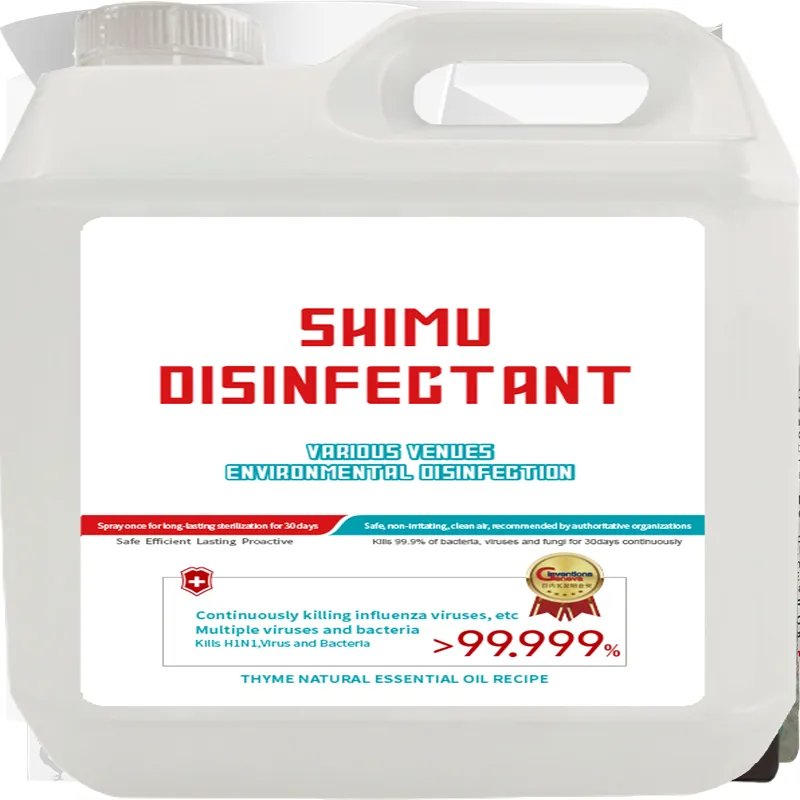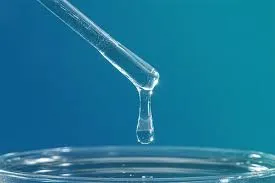It is crucial for patients to follow the prescribed dosage and complete the entire course of treatment, even if symptoms improve before the medication is finished. This ensures that the parasites are effectively eradicated and minimizes the risk of developing resistance.








